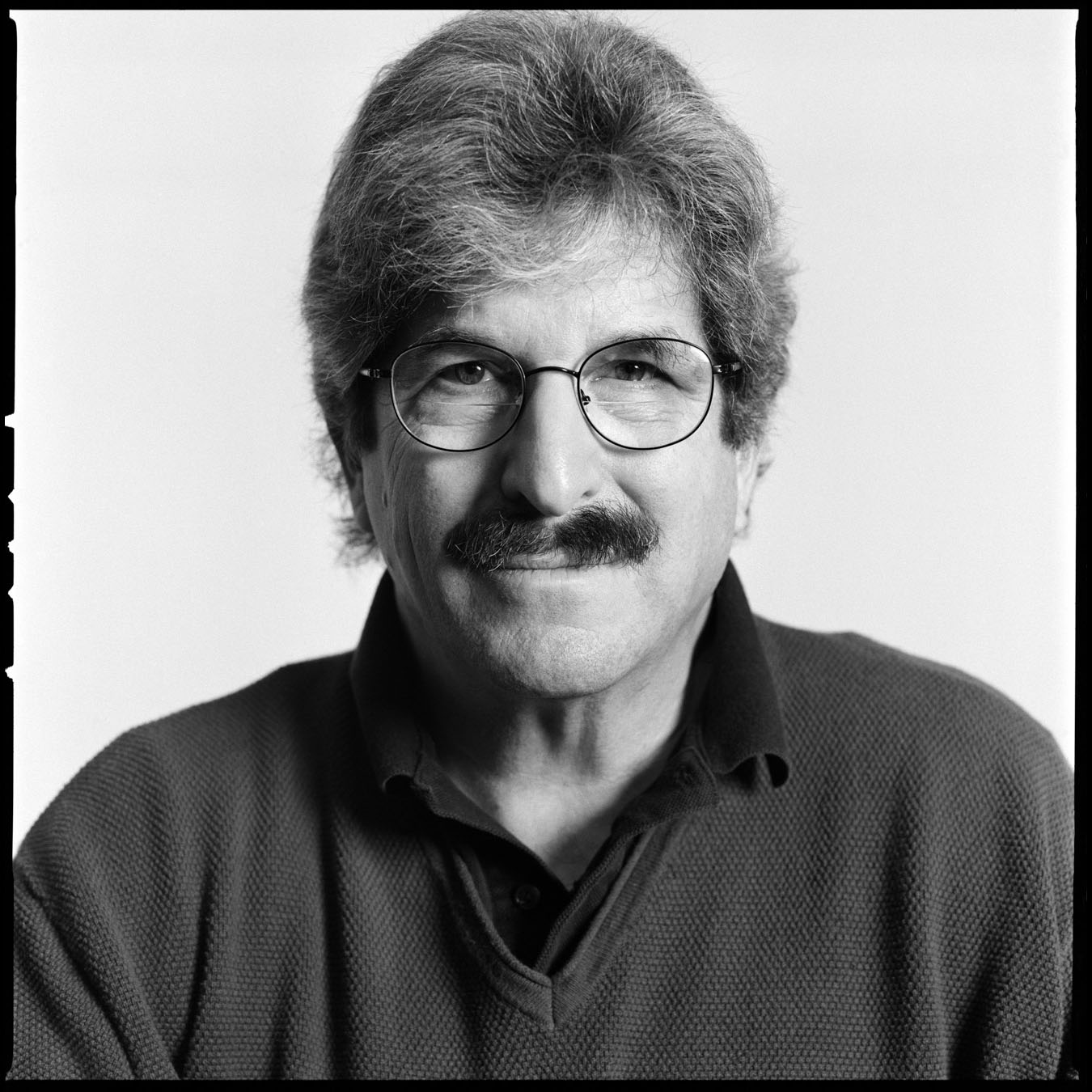Gary Ruvkun
Massachusetts General Hospital and Harvard Medical School
2015 Breakthrough Prize in Life Sciences
For discovering a new world of genetic regulation by microRNAs, a class of tiny RNA molecules that inhibit translation or destabilize complementary mRNA targets.
The Science
In order to build proteins, DNA is first converted into a closely related molecule, RNA, which is then converted into the protein. But in the early nineties, a new and complex world of tiny RNAs — the smallest genes in our genomes — came to light. It began with the discovery of the first microRNA by Victor Ambros’s laboratory, and the discovery by Gary Ruvkun’s laboratory that each microRNA fits like a hand into a glove with a specific strand of ordinary RNA to regulate its conversion into a protein. The tiny-RNA universe expanded in 2000 with the discovery by the Ruvkun laboratory of the second microRNA, which is present in the genomes of all animals, including humans. The field has grown from the two papers by Ambros and Ruvkun in 1993 to 51,871 references today. MicroRNAs are now implicated in cancer, heart disease, viral disease progression, and the functioning and malfunctioning of brain cells. In plants, microRNAs mediate a variety of developmental and physiological transitions and were key players in the domestication of corn.
Comments
It is very special to be honored in the Bay Area because I was raised here, and indoctrinated with that San Francisco chauvinism whose epicenter has migrated 35 miles south since I went east. I thank my parents, Sam and Dora Ruvkun, for the awe in their voices when they said, “nuclear physicist.” My scientific training was a passage through tribes: the engineers who filled the long delays of the first televised NASA launches with expositions on rocketry; the homebrew electronics community of my teens; the physicists at Berkeley who taught me the series of revolutions that are physics — and so how to recognize the next one; the molecular biologists at Harvard who initiated me on the cusp of the genomics revolution; the fly and worm developmental geneticists; my teachers, Fred Ausubel, Wally Gilbert, and Bob Horvitz; my fantastic students, postdocs, and staff; and Victor Ambros, my co-discoverer of a tiny RNA world, who shares so many of the same inspirations. My home tribe has been key: Natasha Staller, a historian who explores major cultural transformations in the arts, has inspired boldness. Our wickedly funny 18-year-old daughter Victoria is already a zebra-fish cardiac microsurgeon, to our delight.
